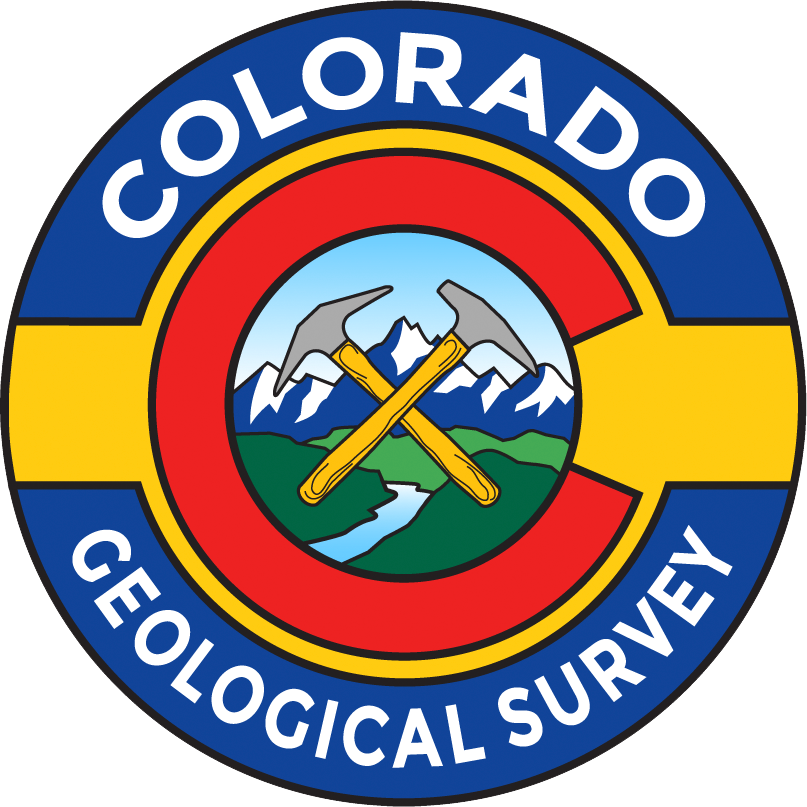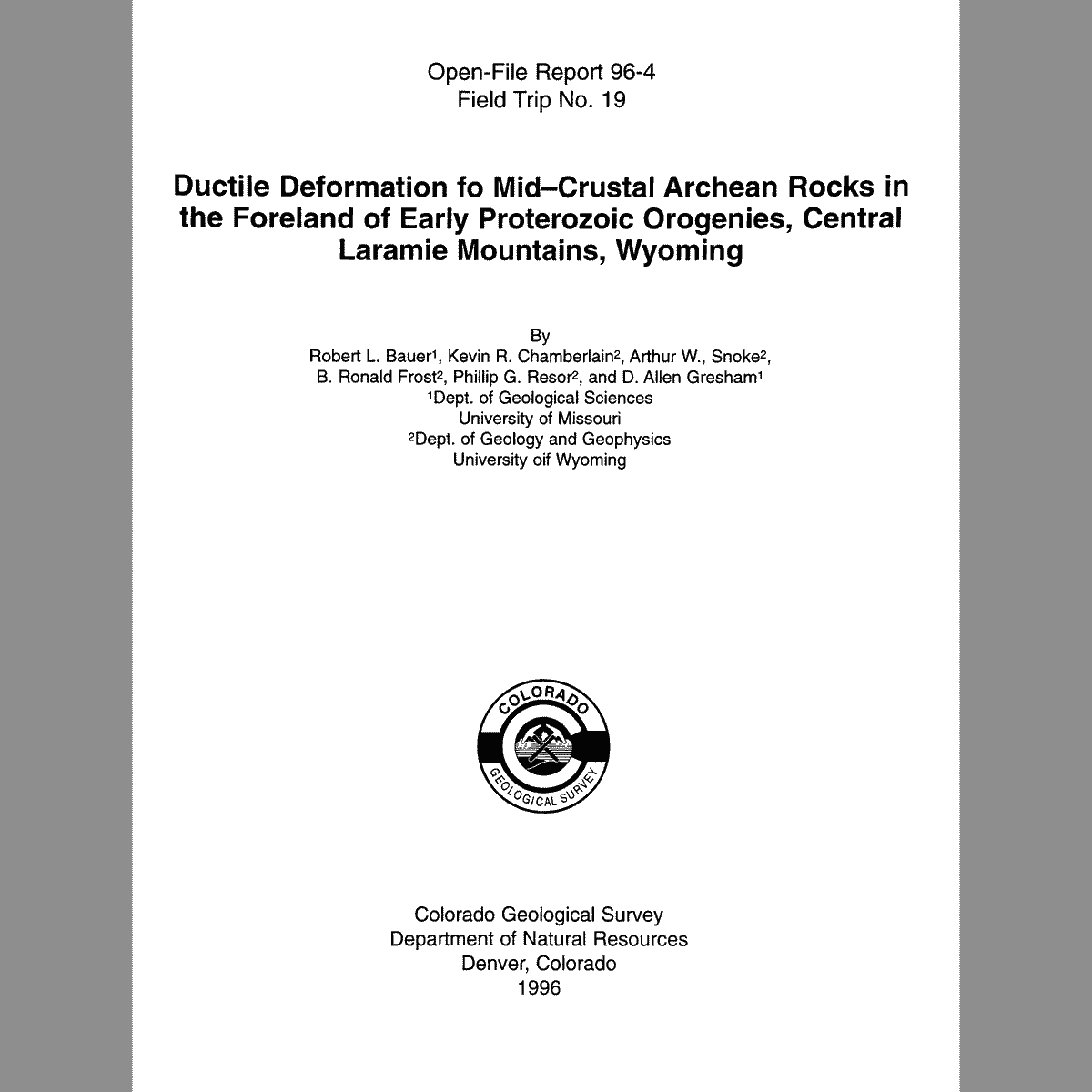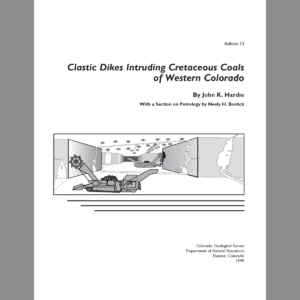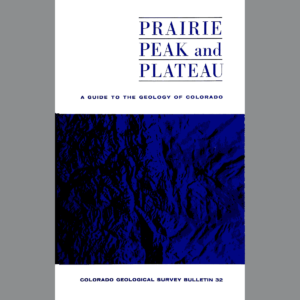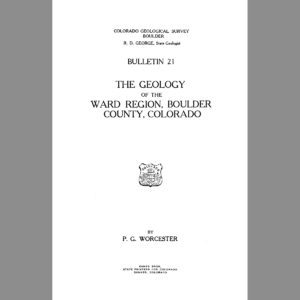Description
Field trip no. 19 from “Geologic Excursions to the Rocky Mountains and Beyond,” field trip guidebook of the 1996 Annual Meeting of the Geological Society of America. (SP-44 has the complete set.) 30 pages. Digital PDF download. OF-96-04-19D
From the Summary and Introduction:
The Laramie Mountains of southeastern Wyoming contain an exposed core of Precambrian rocks that range in age from greater than 2.7 Ga to 1.43 Ga. Rocks in the central part of the range are predominantly Archean granitic gneiss, metasedimentary rocks and greenstone (Snyder, 1984, 1986) that represent the southeastern-most exposures of the Wyoming Archean province. In the southern parts of the range, Archean rocks were intruded ~1.43 Ga by the Laramie Anorthosite Complex and Sherman Granite (Fig. 1). However, recent radiometric dating in the central Laramie Mountains has also identified Early Proterozoic ages of -2.01 Ga for widespread mafic dikes and local granitic plutons that intruded the Archean rocks. Deformation features and fabrics within these Early Proterozoic units and comparable features in their Archean host rocks indicate that the southeastern margin of the Wyoming Archean province sustained a complex history of thick-skinned deformation at mid-crustal levels during at least two periods of Early Proterozoic deformation. This field trip examines evidence for the Early Proterozoic deformation and considers the relationship of deformation features to the Trans-Hudson orogen, Cheyenne belt suture, and Central Plains orogen that mark the boundaries of this southeastern margin of the Wyoming province.
